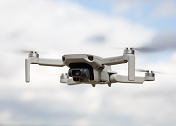Motor for Drone
Drones are becoming more popular, but they can be difficult to control. That's where motor for drone come in -- they provide the power to keep your drone in the air. In this article, we'll discuss the different types of motors available for drones and how to choose the right one for your needs.
Part 1: Types of Drone Motors
When it comes to choosing a motor for drone, there are two main types to choose from: brushed and brushless.
Brushed motors are typically cheaper and easier to maintain, but they're not as powerful or efficient as brushless motors. Brushless motors are much more expensive, but they offer more power and better efficiency.
Part 2: Drone Motor
If you're new to the world of drones, you might be wondering what exactly goes into one of these flying machines. Here's a quick rundown of the main drone motor parts:
1. The body: This is the main frame of the drone, and it houses all the other parts.
2. The motors: There are typically four motors on a drone, each responsible for powering one of the drone's propellers.
3. The propellers: These spin to create lift and propel the drone forward through the air.
4. The battery: This supplies power to the motors and other electronics on the drone.
5. The flight controller: This is the brain of the operation, and it tells the motors what to do in order to make the drone fly.
How Many Motors do Drones Need
All drones need at least two motors. Some small drones may only have two motors, but most will have four or more. The number of motors a drone has will determine how many propellers it has. For example, a quadcopter has four motors and four propellers.
How to Choose A Drone Motor Size
When it comes to choosing a drone motor size, there are a few things you need to take into account. The first is the weight of your drone. The heavier your drone, the bigger the motor you will need. The second is the type of terrain you will be flying in. If you are flying in open space, you won't need as much power as you would if you were flying in a forest. The third is the wind speed. The faster the wind, the more power you will need to keep your drone stable.
Now that you know what to look for, let's take a look at some of the different sizes of motors available. For smaller drones, such as the DJI Phantom, you will need a motor that is around 1000kv. For medium-sized drones, such as the Yuneec Typhoon, you will need a motor that is around 1400kv. And for larger drones, such as the 3DR Solo, you will need a motor that is around 1800kv.
So, which size should you choose? It really depends on your needs. If you are just starting out, it might be a good idea to go with a smaller motor.
Which Motor Is Best for Drones
There are a few things to consider when choosing a motor for your drone. The first is the size of the motor. The second is the power of the motor. The third is the efficiency of the motor. The fourth is the price.
The size of the motor is important because it has to fit in the drone's frame. The power of the motor is important because it determines how fast the drone can fly. The efficiency of the motor is important because it affects how long the drone can stay in the air. The price is important because you don't want to spend too much money on a motor that isn't going to perform well.
There are a lot of different motors on the market, so it's important to do some research to find the best one for your needs. You can read reviews, compare prices, and look at performance data to find the right motor for your drone.
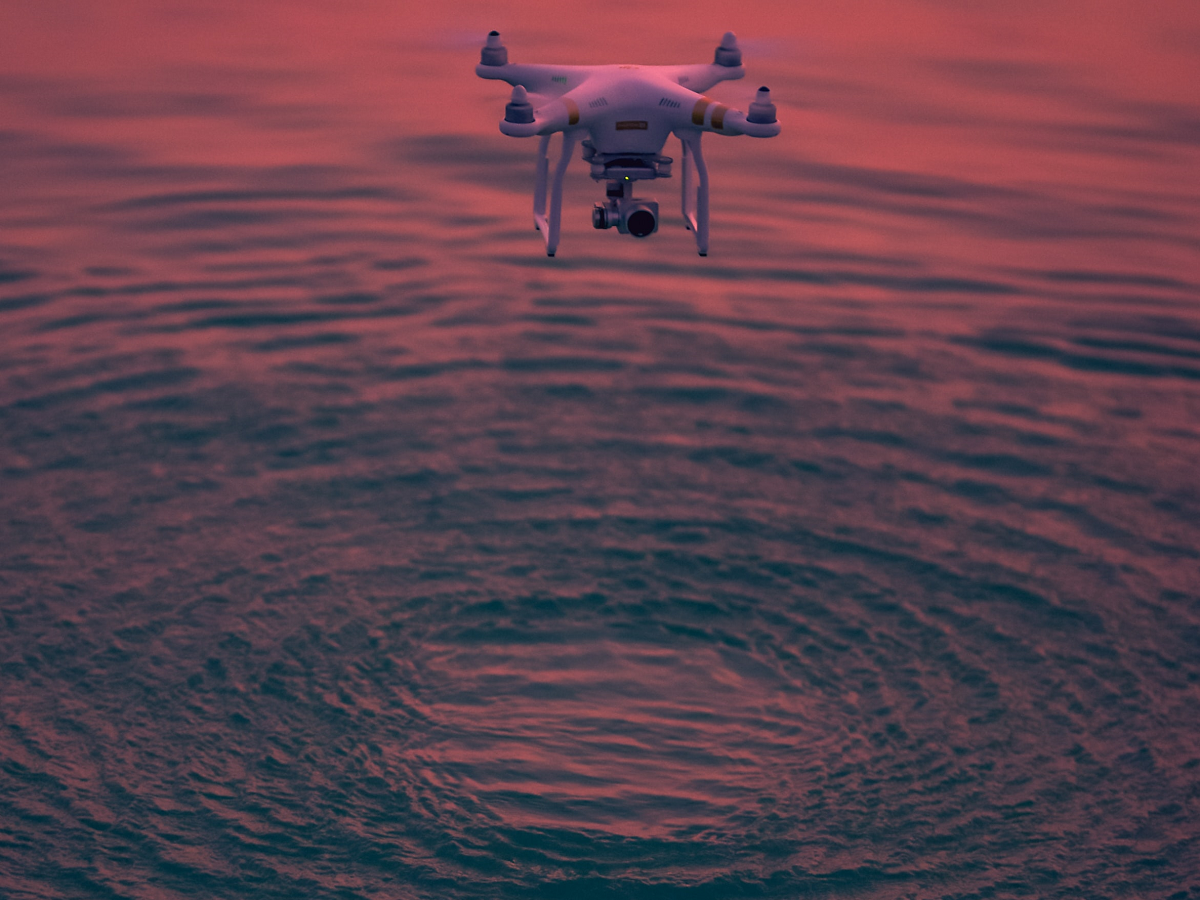
How Much Does A Drone Motor Cost
If you're thinking about building your own drone, one of the most important questions you'll need to answer is how much a drone motor price. Drone motors can range in price from $30 to $500, depending on the power and size you need.
The most important factor in choosing a drone motor is finding one that's powerful enough to lift your drone. To figure out how much power you need, first calculate the weight of your drone, including the weight of the battery and any other payload. Then, divide that number by 4 to get the minimum thrust you'll need from each motor.
For example, if your drone weighs 2 pounds (0.9 kg), you'll need at least 0.5 pounds (0.23 kg) of thrust from each motor. To find a motor that can provide that much thrust, check out online retailers or specialty hobby stores.
Be sure to also consider the size of the motor when making your purchase. Larger motors will be more powerful, but they may also be too large to fit on your drone frame. Smaller motors may not have enough power to lift your drone, so it's important to find the right balance between power and size.
What Speed Motor Does the Drone Use
The drone uses a motor with a speed of 1400kv. This speed is necessary to maintain altitude and keep the drone stable in the air.
Which Is the Fastest Drone Motor
There are a few things to consider when determining the fastest drone motor. The first is the kV rating, which is a measure of the motor's speed. The higher the kV rating, the faster the motor will be. The second thing to consider is the size of the motor. Larger motors tend to be faster than smaller motors. Finally, the type of motor ( brushed or brushless) can also affect the speed. Brushless motors are typically faster than brushed motors.
Do Drone Motors Wear Out
No, drone motors do not wear out. They are designed to last for the lifetime of the drone.
Part 3: How to Make a Drone at Home
Making a drone at home is a great way to get into the exciting world of drones! Drones are becoming increasingly popular, and there are a variety of different models available on the market. If you're interested in building your own drone, there are a few things you'll need to know about drone motor. In this blog post, we'll walk you through the process of how to make a drone at home.
To start, you'll need to gather some supplies. You'll need a flight controller, motors, propellers, and batteries. You can find all of these items online or at your local hobby shop. Once you have all of your supplies, you'll need to assemble your drone. This process will vary depending on the type of drone you're making, but there are plenty of resources available online that can help you through the process.
Once your drone is assembled, you'll need to calibrate it and perform a test flight. This is important to make sure that everything is working properly before you take your drone out for a spin. After calibrating and testing your drone, you're ready to take it out for a spin! Remember to always fly responsibly and follow the rules of the airspace in which you're flying.
Conclusion: If you want to get a good drone, you must understand the drone motor. This article will take you to fully understand the drone motor.
You may like
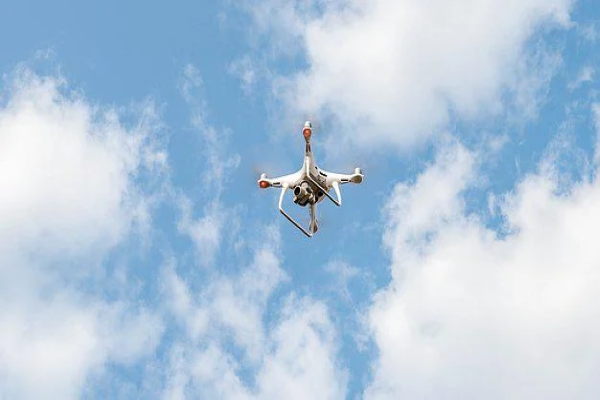
10 DJI Osmo Action Accessories - DJI Recommended
Get the perfect photography accessories for your Drone! In this article, we list the 10 DJI Osmo Action accessories that we recommend.
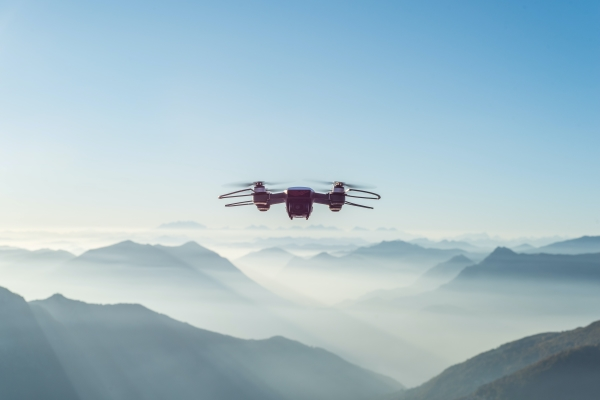
DJI Phantom 4 Pro Battery Complete Guide
DJI Phantom 4 Pro is very popular. If you want to know about the DJI Phantom 4 Pro battery, you can continue to read the article.
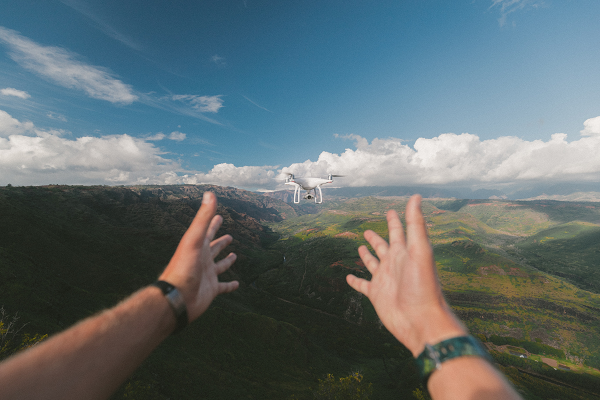
Motor for Drone
A drone cannot fly without a motor for drone. This article will take you to understand the role of drone motors.



